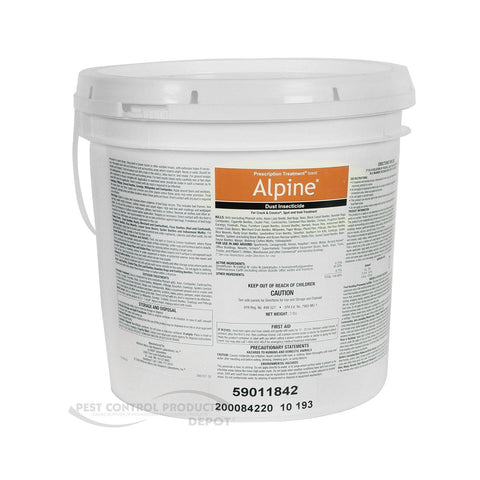
What is Diatomaceous Earth?
Diatomaceous earth is made from the fossilized remains of tiny, aquatic organisms called diatoms. Their skeletons are made of a natural substance called silica. Over a long period of time, diatoms accumulated in the sediment of rivers, streams, lakes, and oceans. Today, silica deposits are mined from these areas.
Silica is very common in nature and makes up 26% of the earth's crust by weight. Various forms of silica include sand, emerald, quartz, feldspar, mica, clay, asbestos, and glass. Silica does not exist naturally in its pure form. It usually reacts with oxygen and water to form silicon dioxide. Silicon dioxide has two naturally occurring forms: crystalline and amorphous. Most diatomaceous earth is made of amorphous silicon dioxide. However, it can contain very low levels of crystalline silicon dioxide
How does Diatomaceous work? (Mode of Action)
Diatomaceous earth is not poisonous; it does not have to be eaten in order to be effective. Diatomaceous earth causes insects to dry out and die by absorbing the oils and fats from the cuticle of the insect's exoskeleton. Its sharp edges are abrasive, speeding up the process. It remains effective as long as it is kept dry and undisturbed.
Keep out of reach of children.
Always check the label for warnings and instructions for use.
0 products
Sorry, there are no products in this collection.

